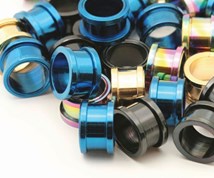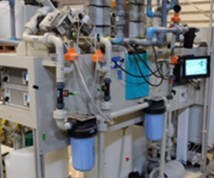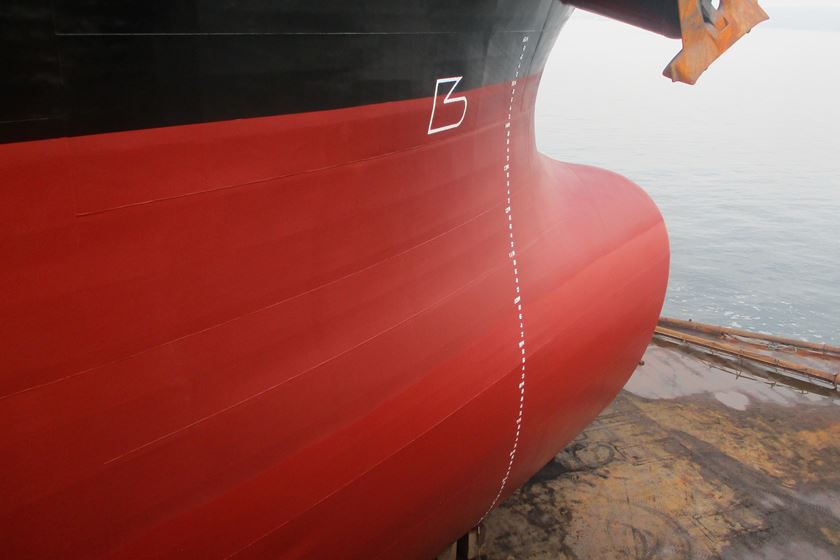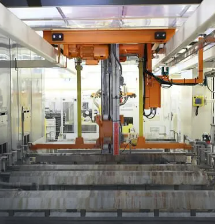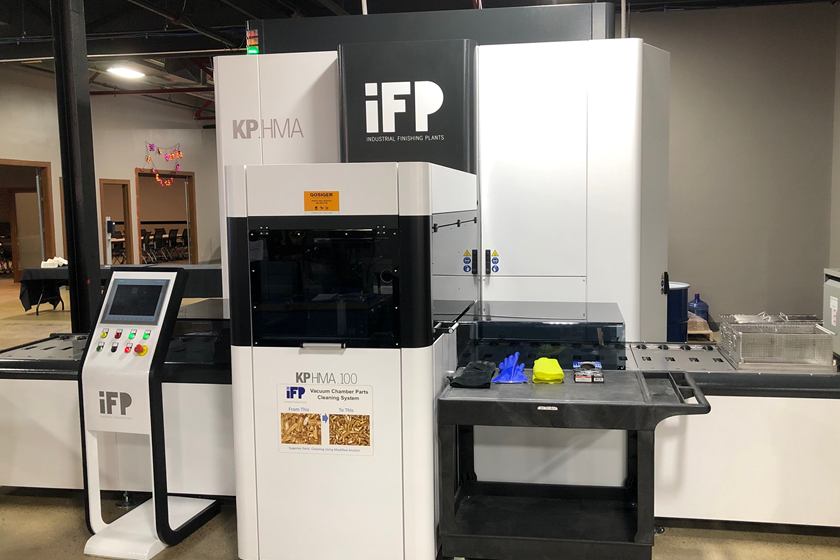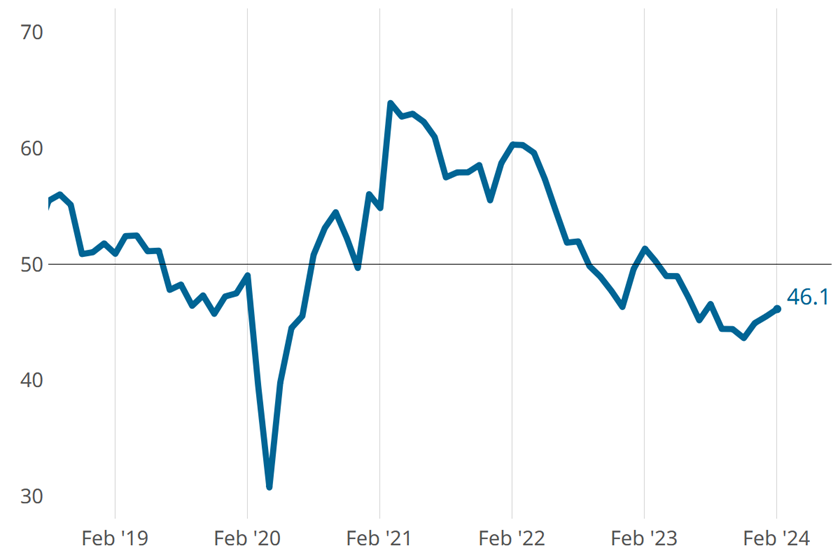Cleanliness Verification of Oil Pump Housing
When a part fails a cleanliness specification, it’s almost always due to maximum particle size and rarely, if ever, due to excessive weight.
Q. We have a new product, an oil pump housing used in an automotive engine. It is made of aluminum alloy, weighs about 900 g and has several deep holes. The maximum contaminant weight should be lower than 4 mg. The maximum particle size should be smaller than 600 microns, and the particle size in a deep hole must be smaller than 450 microns. We do not a have big problem on weight, but there is a problem with the particle size. One part is washed in ultrasonic machine, with a result of 780 microns; another part is washed in a high-pressure water spray machine with a result of 2,100 microns—which is terrible. Do you have any suggestions for us? Both machines are old, and I doubt they can fulfill the requirement. So what kind of process or equipment do you think we should use? J.W.
Featured Content
A. Your problem hits close to home. In my manufacturing experience, when a part fails a cleanliness specification, it’s almost always due to maximum particle size and rarely, if ever, due to excessive weight. The results are also dependent on the cleanliness test method chosen. Some customers will require specific procedures, while others will leave it open to the supplier to choose. In the years I have dealt with engine customers’ cleanliness requirements, none of them have a common theme as to the level of cleanliness needed (weight or size), common test methodologies or commonality between various components from the same supplier and engine. This makes it difficult and fragmented to approach multiple customer specifications and requirements in the same manufacturing facility.
The data you presented is interesting and seems to me to be consistent with the cleaning processes you are using. Since I am never an advocate for setting direction based on limited data, I suggest you repeat some of your trials to better understand the difference between your ultrasonic immersion and high-pressure spray cleaning processes. It makes sense to me that the part you describe would respond better to an ultrasonic immersion process than to the spray process simply because the spray cleaning process is limited due to its “line of sight.” The deep holes you describe will be minimally impacted by spray cleaning.
Once you do follow-up trials, use that data to determine the cleaning process that will work best with your manufacturing process, although I expect immersion to win out. I suggest talking to several equipment companies with significant experience in ultrasonic cleaning. At the same time, you need to work with your current or possibly other chemical suppliers to make sure you are taking full advantage of the cleaning fluid. And yes, you will need to at least take a look at the failing particles and try to determine their origin, based on size and chemistry. This may dictate modification of existing processes or materials handling to minimize additional contamination either before or after your cleaning process.
RELATED CONTENT
-
Alkaline Cleaning Guide
Gregg Sanko, Senior Chemist, Oakite Products, Inc. provides an overview of the alkaline cleaning process.
-
Zinc Phosphate: Questions and Answers
Our experts share specific questions about zinc phosphate and pretreatment
-
The Hull Cell: Key to Better Electroplating - Part II
How to use it for planning, preventive maintenance and troubleshooting.




